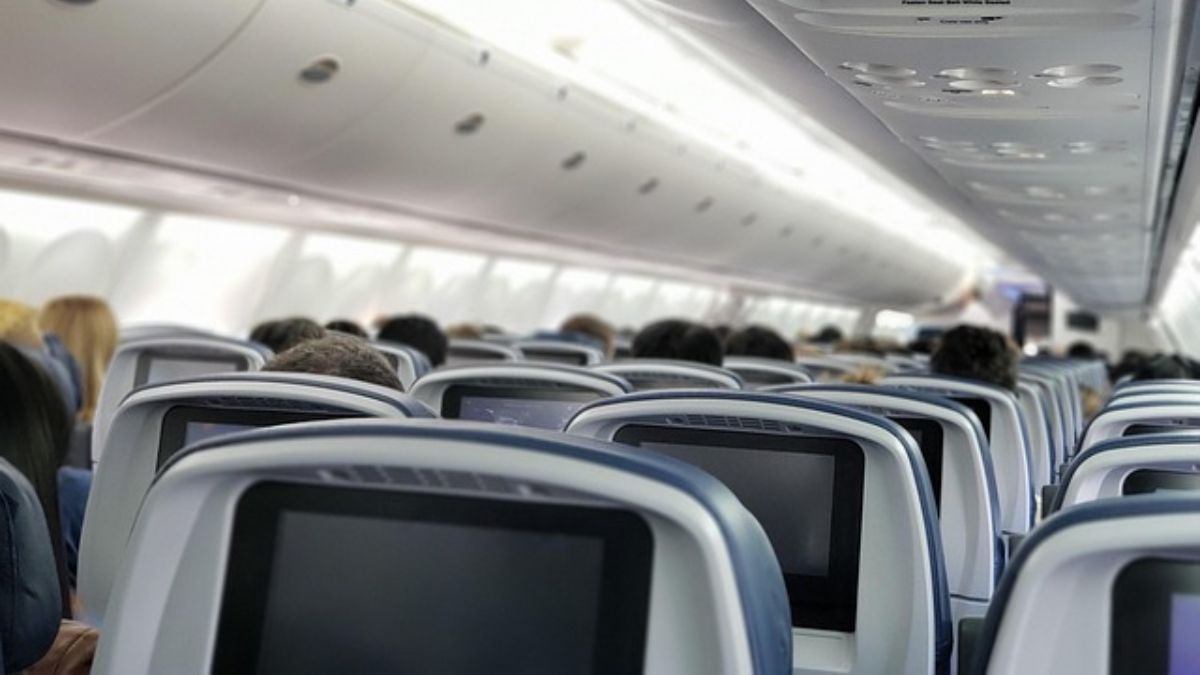In what seems like a bizarre and almost eerie coincidence, three major airline crashes over the last few decades, spanning different countries and aircraft types, have one unlikely common thread: each had a survivor seated in row 11.
These cases have led to a growing online mythos around so-called “miracle seats,” with some wondering whether seat 11A or its neighbours hold a mysterious edge in survivability.
Who are the three survivors seated in row 11?
1. Vishwash Kumar Ramesh – Air India Flight AI117 (2025)
On June 12, 2025, Air India Flight AI117, a Boeing 787 bound for London, crashed into a residential area of Ahmedabad just minutes after takeoff. The disaster killed at least 270 people, including 29 on the ground. But miraculously, one man survived: Vishwash Kumar Ramesh, a 35-year-old tech entrepreneur and singer based in Thailand.
He was seated in 11A. Rescuers pulled him from the mangled fuselage conscious and responsive. He is now recovering in hospital, with officials calling his survival “unbelievable” considering the magnitude of the crash.
2. Ruangsak “James” Loychusak – Thai Airways Flight TG261 (1998)
In December 1998, Thai Airways Flight TG261 crashed while attempting to land in the southern Thai city of Surat Thani. The flight was operating under poor weather conditions and low visibility when it hit the ground short of the runway, broke apart, and burst into flames.
Of the 146 people onboard, 26 survived. One of them was Ruangsak Loychusak, a popular Thai singer and actor, who happened to be sitting in seat 11A . The singer later shared his account publicly, describing how he managed to crawl out of the flaming wreckage.
Impact Shorts
More Shorts3. Kumar Nadig – Indian Airlines Flight 605 (1990)
On February 14, 1990, Indian Airlines Flight 605—a newly inducted Airbus A320—crashed onto a golf course while trying to land at Bangalore airport. The plane fell short of the runway, bounced, and eventually disintegrated after hitting obstacles. Ninety-two of the 146 onboard were killed.
Among the survivors was Kumar Nadig, who was sitting in seat 11C.
Speaking to Deccan Herald in 2010, Nadig said “Initially, I was allotted 10-A seat but after boarding the flight, a young boy wanted to sit next to the window. I exchanged the seat and travelled in 11-C seat. All was well till landing when things went haywire within seconds.”
Nadig managed to open the emergency door and rescue a mother-son duo and himself.
Coincidence or something more?
The fact that all three survivors were sitting in row 11 is definitely curious. The burning question now might be: Is row 11 structurally safer? Does its location on the aircraft make survival more likely?
Not necessarily. Luck has a big role to play.
In Ramesh’s case, his seat on the Boeing 787-8 Dreamliner – 11A, an emergency exit seat near the front of the plane and close to one of the strongest parts of the fuselage known as the “wing box”.
Ramesh’s seat had space, rather than seats, immediately in front of it, which may have given him more room for escape. The Guardian cited Prof John McDermid, Lloyd’s Register chair of safety at the University of York, as saying that the space may also have meant that while the passengers in front of him may have been crushed together on impact, he avoided that.
“My suspicion is that because of the nature of the impact, he was in a strong part of the airplane at the front edge of the wing,” McDermid added. “There is not just the fuselage, but the extra structure of the wing to protect from the compression of the fuselage.”
“It’s possible that the impact loosened the door and he could kick it out and get out,” he said. “The external door was only just in front of him so he didn’t have far to go.”
Prof Ed Galea, an expert in fire safety and evacuation at the University of Greenwich, explained the role luck played. “He seems to have been lucky in that: a) he survived the trauma of the impact, b) he wasn’t severely injured in that crash, and c) he was sitting right by the No 2 exit. Whether he used that or exited via a rupture that was close by, is not clear. But he was very close to an exit point.”
He said that while other passengers may have also survived the impact, they could have been either too injured to evacuate or far from an exit point to get out in time.
So, emergency seats appear to give people a better shot at survival, but not a guarantee. This still does not make row 11 seats the “miracle seats”. That’s because not every aircraft will be designed like the Boeing Dreamliner.
“In this particular instance, because the passenger was sitting adjacent to the emergency exit, this was obviously the safest seat on the day,” said Ron Bartsch, Chairman at Sydney-based AvLaw Aviation Consulting. “But it’s not always 11A, it’s just 11A on this configuration of the Boeing 787.”
With inputs from Reuters
)